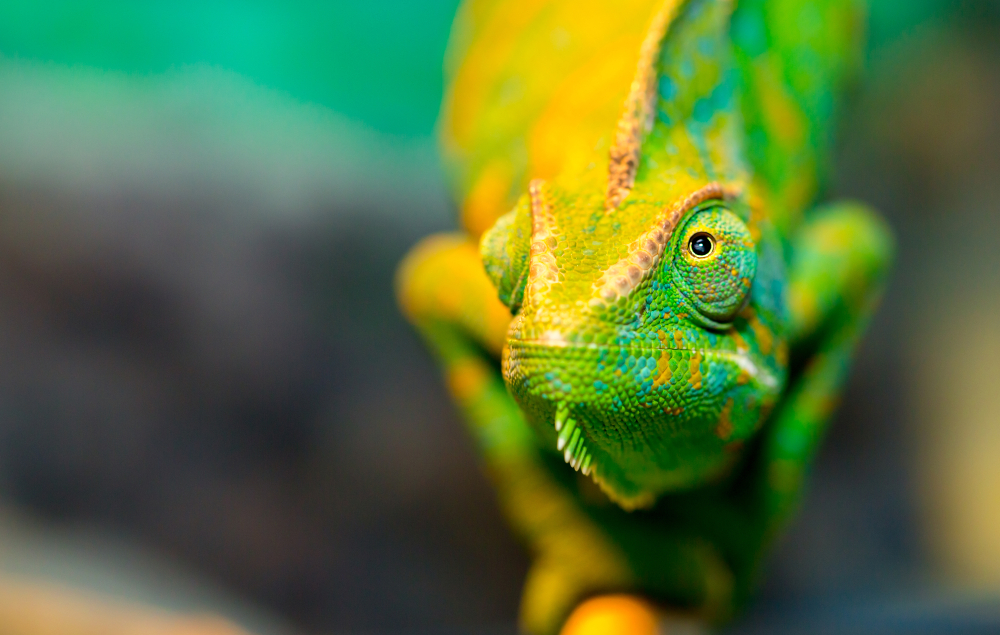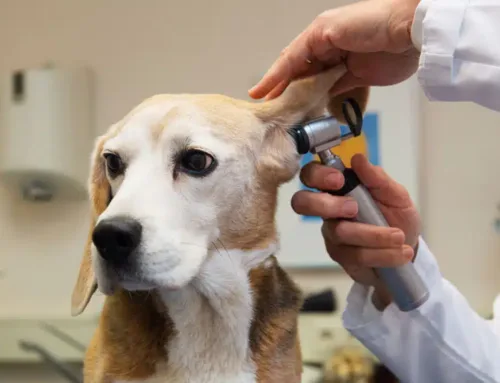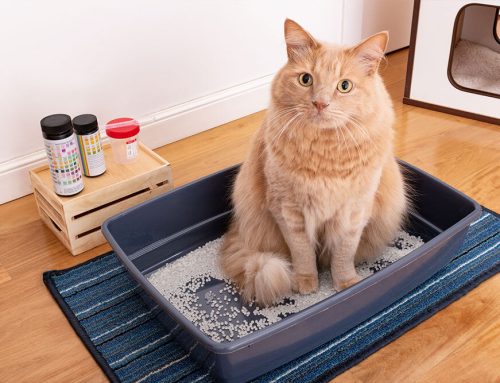While it’s often difficult to recognize signs of illness in cats and dogs, it’s even more challenging to spot sickness in an exotic pet, like a rabbit, bird, snake, or mouse. Brush up on husbandry care for your unique pet to ensure she receives adequate nutrition, housing, temperature, and lighting to keep her healthy. In fact, more than 90% of the problems we see with exotic animals can be traced to improper husbandry. Even with proper care, your exotic pet may fall ill to a variety of illnesses. At the first sign of sickness, schedule an appointment to get your pet on the road to recovery. Better yet, schedule an appointment for a wellness check and review of husbandry to ensure you avoid some of the most common and preventable illnesses we see, including those listed below.
Common rabbit diseases
With quivering, inquisitive noses, bunnies are adorable fluffy pets. But, they also have their fair share of illnesses. Common rabbit diseases include:
- Overgrown teeth — Rabbits have continuously growing teeth that need to be filed down to prevent painful overgrowth. Without proper chewing material, such as hay and untreated wood, the molars in the back can create an overgrown bridge. Such overgrowth covers the tongue and can cause your rabbit to starve. Overgrown incisors in the front of the mouth can also grow extensively, cutting into the cheeks and decreasing your rabbit’s ability to eat.
- Gastrointestinal stasis — When rabbits eat less, whether it’s from stress, dental issues, dehydration, or illness, their gastrointestinal motility slows down. As the food slows its movement through the intestines, it dries out, creating a blockage. Painful gas also builds up in the intestinal tract, contributing to the cycle of inappetence and GI stasis. This is a life-threatening condition, as a rabbit cannot live for more than 48 to 72 hours with untreated stasis.
Common bird diseases
Gorgeous colors, witty sayings, and a pet to perch on your shoulder are endearing characteristics of our feathered friends. But, they also run ”a-fowl” of diseases, just like other pets.
- Psittacosis (parrot fever) — Parrot fever is a highly contagious disease that can infect all hookbill species, or birds in the parrot family with a curved, hook-like beak. The chlamydia bacterium responsible for parrot fever can also infect people. Signs of parrot fever in birds include difficulty breathing, lethargy, eye infections and inflammation, and loose, watery droppings.
- Psittacine beak and feather disease — Another disease that focuses on the parrot family, psittacine beak and feather disease has been referred to as “bird AIDS.” Most common in younger birds, this disease can affect birds of any age, but it has become less common thanks to better testing and elimination from breeding populations. Signs include feather loss or abnormal development and the absence of dander. Beak growths, lesions, and abnormalities can also occur.
- Obesity — Unlike their wild counterparts who move constantly to forage and find food, pet birds are susceptible to weight gain. Many commercially available seed mixtures contain high levels of sunflower and safflower seed, which are high in fat. To help your bird achieve and maintain a healthy weight, slowly introduce a pellet-based diet. Eventually, your bird’s diet should consist of approximately 40% pellets, 50% fruits and vegetables, and 10% nuts and seeds.
Common rodent diseases
Tiny pocket pets make wonderful additions to your household. Bright eyes and burrowing antics are a joy to watch, but also keep an eye out for common diseases.
- Wet tail — A highly contagious disease, wet tail should not be confused with simple diarrhea. Affected rodents can die quickly. Signs include diarrhea, lethargy, inappetence, and a ruffled coat. The cause can often be traced to improper husbandry and a bacteria called Lawsonia intracellularis.
- Respiratory issues — Bedding type is important for all species, especially small rodents, which are susceptible to respiratory tract irritation from pine and cedar shavings, potentially leading to an infection. For this reason, they should not be housed on wood shavings, but do much better when housed on fleece or paper bedding. Drafts and sudden temperature changes can also contribute to a respiratory infection or pneumonia. Watch out for these signs of respiratory infections:
- Sneezing
- Wheezing
- Lethargy
- Inappetence
- Difficulty breathing
- Eye and nasal discharge
Common reptile and amphibian diseases

Turtles, tortoises, iguanas, snakes, salamanders, and frogs have quite a bit in common, including several diseases that can affect reptiles and amphibians.
- Metabolic bone disease — The reptile and amphibian form of rickets is caused by a disruption of calcium metabolism, resulting in an improper phosphorus-to-calcium ratio in the body. If the calcium level is too low, the body takes calcium wherever it can find it, such as from the bones. Metabolic bone disease is almost always the result of poor husbandry, but can also be caused by some disease processes. Proper diet, adequate exposure to broad-spectrum UV lighting, proper heat gradients, and adequate exercise room can help prevent metabolic bone disease. Affected pets may show bowed or swollen legs, an arched spine, softening and swelling of the jaw, muscle tremors, lameness, or constipation. Weakened bones can also develop bumps from fibrous tissue or fracture.
Armed with the knowledge of common diseases affecting less common pets, keep an eye out for signs of illness. At the first sign of trouble, give us a call.








Leave A Comment